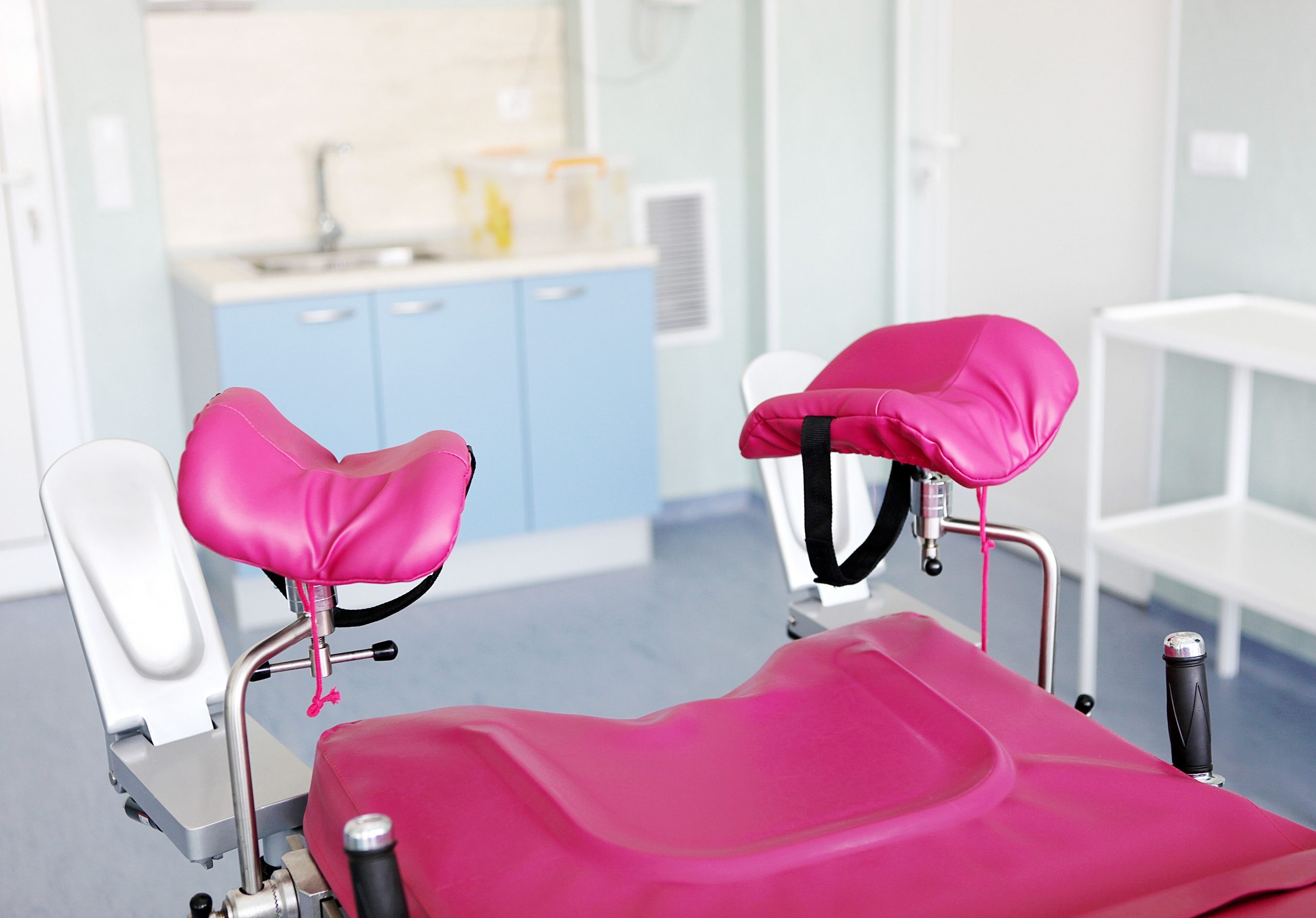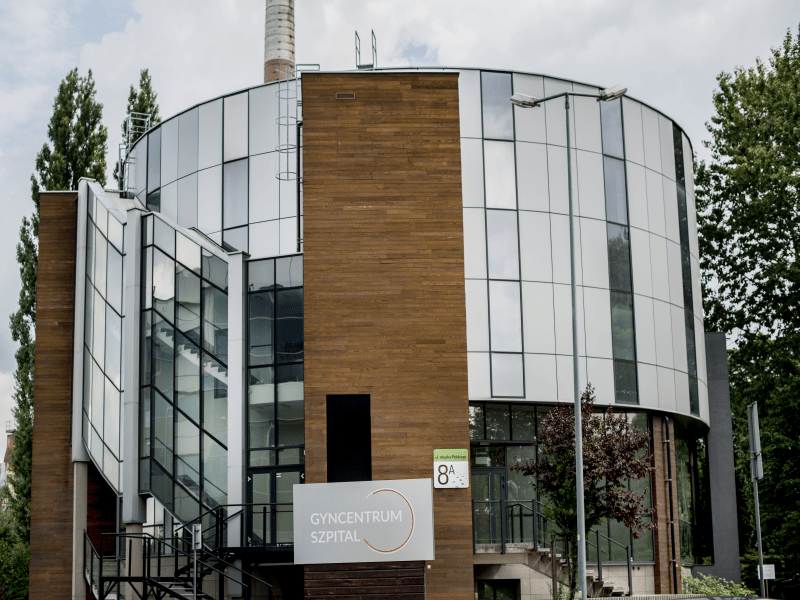Minimally invasive detection and removal of pathological lesions
Gynecological laparoscopy is a diagnostic and surgical method that allows examination of a woman’s reproductive organs and, if abnormalities are diagnosed, to perform surgery to remove disease foci. The use of laparoscopy in gynecology is very wide, including for: diagnosing and removing foci of endometriosis or locating and removing intra-abdominal and periurethral adhesions.

Do you have changes in your reproductive organs?
Get a gynecologic laparoscopy
Application of gynecological laparoscopy
The application of gynecological laparoscopy is very wide. It is performed for such purposes as:
- diagnose and remove foci of endometriosis
- locate and remove intra-abdominal and peri-abdominal adhesions
- removal of uterine myomas
- removal of cysts and nodules within the reproductive organs
- evaluation of patency of the fallopian tubes
- evaluation of the structure and position of the reproductive organs
Indications for laparoscopy
- diagnosed infertility
- changes in the reproductive organs (nodules, cysts, myomas, adhesions)
- suspected malformations of the reproductive organs
- diagnosed endometriosis
- unexplained complaints of pelvic pain
- abnormal bleeding
- suspicion of ectopic pregnancy
What does a laparoscopy procedure look like?
Laparoscopy is a surgical procedure performed under general anesthesia. Before the procedure is performed, the abdominal cavity is filled with carbon dioxide to lift the abdominal layers and pull apart the internal organs. The doctor makes a small incision of about 10 mm in the navel, through which he inserts a laparoscope – a device equipped with an optical set that allows observation of the inside of the abdominal cavity. If surgery is required, two additional incisions (5-10 mm) are made, usually in the lower abdomen below the bikini line, which allow the insertion of special surgical microscopes. The doctor, observing the image from inside the abdominal cavity on a monitor, operates on the diseased tissues and organs with the help of micro-tools. Once the operation is complete, carbon dioxide is released to fill the abdominal cavity, the resulting incisions are sutured, and the patient is then awakened from anesthesia.
Recovery after the procedure
The patient returns home the next day after the procedure. The recovery period after the procedure lasts 7-14 days. During this time, the incision wounds heal, usually leaving no cosmetic defects.
Advantages of laparoscopy
The main advantages of laparoscopy are the high precision and low invasiveness of the procedure (small incisions, minimal blood loss during the procedure). Unlike traditional surgery, the patient recovers quickly and scars are almost invisible. Laparoscopy is also an excellent diagnostic tool used in the treatment of infertility.
Tests to be performed before the procedure
- blood count
- blood coagulation indices (PT, INR, APTT)
- serum protein concentration
- liver tests
- Na+, K+ ionogram
- HBs antigen
- anti-HCV
- ECG
Additional recommendations are determined individually by the doctor.
Possible complications after the procedure
Complications after gynecological laparoscopy are very rare. Due to the fact that it is a surgical procedure performed under general anesthesia, there may be:
- complications related to anesthesia
- tissue damage
- inflammation
- abdominal hernias
- damage to the gastrointestinal tract, vessels, urinary tract
Gyncentrum Hospital
Patients with an indication for laparoscopy, are qualified for procedures performed by our specialists at Gyncentrum Hospital.




